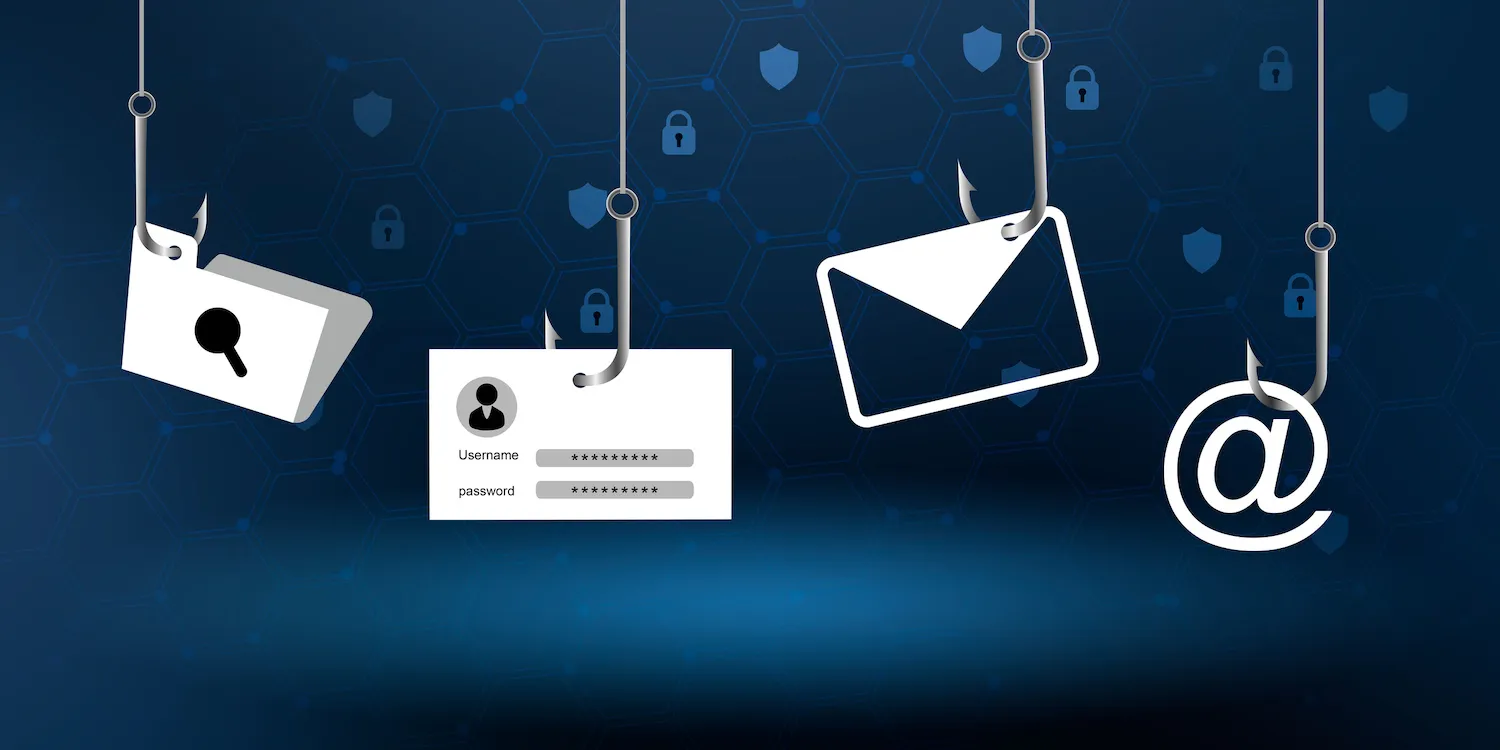
Phishing Simulation
Identify Risk Before Attackers Do
The Critical Importance of Email Security Awareness Through Phishing Simulations
In today’s digital landscape, email remains the primary attack vector for cybercriminals, with phishing attacks accounting for over 90% of successful data breaches. While organizations invest heavily in technical security measures, the human element often remains the weakest link in the security chain. This is where phishing simulations become invaluable tools for identifying vulnerabilities and strengthening your organization’s security posture.
Understanding the Phishing Threat Landscape
- 83% of organizations experienced successful phishing attacks in 2024
- The average cost of a phishing attack is $4.9 million per incident
- One in every 4,200 emails is a phishing attempt
- 30% of phishing emails are opened by recipients
Phishing attacks have evolved far beyond simple “Nigerian prince” scams. Modern cybercriminals employ sophisticated social engineering techniques, create convincing replicas of legitimate websites, and use personalized information to make their attacks more believable. This evolution makes it increasingly difficult for employees to distinguish between legitimate and malicious communications.
The Role of Phishing Simulations in Security Awareness
Phishing simulations are controlled exercises that mimic real phishing attacks to test employee susceptibility and measure security awareness levels. These simulations serve multiple critical functions in your organization’s security strategy.
Identifying High-Risk Users
- Consistently clicking on suspicious links across multiple simulation campaigns
- Entering credentials on simulated phishing pages
- Downloading malicious attachments during tests
- Failing to report suspicious emails as instructed
- Showing little improvement after security training
These “serial clickers” represent significant security risks to your organization. They often exhibit patterns of behavior that make them prime targets for actual phishing attacks. Identifying these individuals allows you to provide targeted training and implement additional security measures where needed most.
Measuring Security Awareness Effectiveness
Regular phishing simulations provide quantifiable metrics to assess your organization’s security awareness program effectiveness. Key performance indicators include click-through rates, credential entry rates, reporting rates, and improvement trends over time. This data enables you to make informed decisions about training investments and policy adjustments.
Benefits of Professional Phishing Simulation Services
Comprehensive Campaign Design
Professional phishing simulation services create realistic scenarios that mirror current threat landscapes. These campaigns incorporate various attack vectors, including email phishing, spear phishing, CEO fraud, and social media-based attacks. The diversity ensures comprehensive testing of employee awareness across different attack methods.
Detailed Reporting and Analytics
Professional services provide comprehensive reports that go beyond simple click-through statistics. These reports include demographic analysis, departmental vulnerability assessments, trend analysis, and actionable recommendations for improving security awareness. The insights help organizations understand not just who clicked, but why they clicked and how to prevent it in the future.
Customized Training Recommendations
Based on simulation results, professional services can recommend targeted training programs for different user groups. High-risk users might receive intensive one-on-one training, while departments with good awareness levels might need only refresher courses. This targeted approach maximizes training effectiveness while optimizing resource allocation.
Best Practices for Phishing Simulation Programs
Establish Clear Objectives
Before launching phishing simulations, define clear objectives and success metrics. Are you measuring baseline awareness, testing specific training effectiveness, or identifying high-risk users? Clear objectives guide campaign design and help interpret results meaningfully.
Maintain Realistic Scenarios
Effective phishing simulations mirror real-world threats without being overly complex or obvious. The goal is education and awareness, not to trick employees with unrealistic scenarios. Simulations should challenge users appropriately while providing learning opportunities.
Implement Progressive Difficulty
Start with basic phishing scenarios and gradually increase complexity as employee awareness improves. This progressive approach builds confidence while continuously challenging users to stay vigilant against evolving threats.
Provide Immediate Feedback
When users click on simulated phishing links, provide immediate educational feedback explaining what they should have noticed and how to handle similar situations in the future. This just-in-time learning is highly effective for behavior modification.
Addressing the Human Element in Cybersecurity
Technology alone cannot solve the phishing problem. Employees need regular training, clear policies, and practical experience identifying and responding to phishing attempts. Phishing simulations provide this practical experience in a safe environment where mistakes become learning opportunities rather than security incidents.
Building a Security-Conscious Culture
Successful phishing simulation programs contribute to building a security-conscious organizational culture. When employees understand they’re being tested regularly, they become more vigilant about email security. This heightened awareness extends beyond formal simulations to real-world situations where it matters most.
Regular communication about simulation results, security threats, and best practices keeps security awareness top-of-mind. Celebrating improvements and recognizing employees who consistently demonstrate good security practices reinforces positive behaviors.
Strengthen Your Organization’s Email Security Today
Don’t wait for a successful phishing attack to expose vulnerabilities in your organization’s email security awareness. Professional phishing simulation services provide the insights and training recommendations needed to build a robust defense against phishing threats.
Our comprehensive phishing simulation services include:
- Customized phishing campaigns tailored to your industry and organization
- Detailed reporting and analytics on user behavior and vulnerabilities
- Targeted training recommendations based on simulation results
- Ongoing support and consultation for improving security awareness
Contact NetSol Thailand today to learn how our phishing simulation services can help protect your organization from email-based cyber threats.
Conclusion
Phishing simulations are essential tools for identifying email security vulnerabilities and building organizational resilience against cyber threats. By regularly testing employee awareness and providing targeted training based on results, organizations can significantly reduce their risk of falling victim to phishing attacks.
The investment in professional phishing simulation services pays dividends through reduced security incidents, improved employee awareness, and stronger overall security posture. In an era where cyber threats continue to evolve, proactive security awareness testing is not just recommended—it’s essential for protecting your organization’s digital assets and reputation.
Remember, cybersecurity is not just an IT issue—it’s a business-critical concern that requires engagement from every employee. Phishing simulations provide the foundation for building the security-conscious culture necessary to defend against today’s sophisticated cyber threats.
Protect Your Organization with Professional Phishing Simulations
Don’t wait for a real attack to discover your vulnerabilities. Get comprehensive phishing simulation services with detailed reporting and targeted training recommendations.
